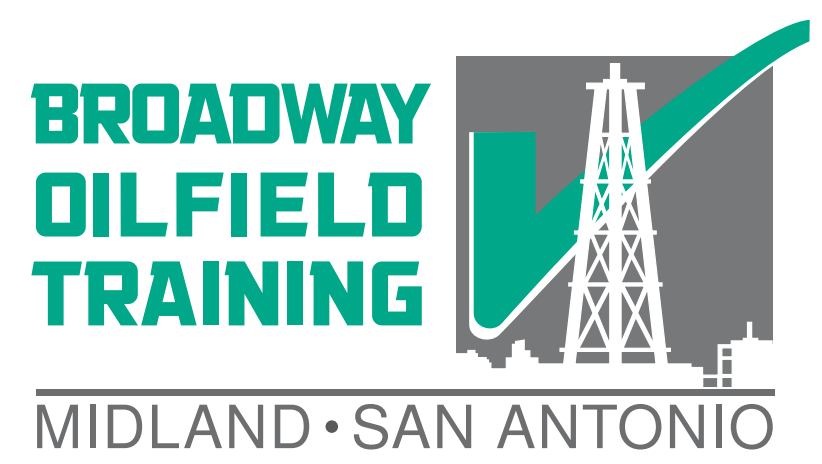In the last 5 years, it appears that at least sixteen well control incidents involving the release of H2S gas have been reported in Texas according to Railroad Commission data. Thirty percent of these were in the Eagle Ford south of San Antonio, including one where a nearby home was evacuated. Also consider one of the worst H2S blowouts in the history of North America: the 1982 Lodgepole Blowout. Often, hydrogen sulfide releases are treated solely as a respiratory safety issue. While the severity of the respiratory risk cannot be discounted, there are good reasons to also treat H2S risk from a well control prospective.
- RELEASE OF POLLUTION
The release of H2S during a well control incident is, as mentioned at the beginning of this post, an increased exposure for respiratory health due to the toxicity of H2S. Knowing that a well has the potential to release hydrogen sulfide should at the very least inspire an operator to ensure that the well control practices are robust enough to prevent any release.
- DIFFICULTY OF HYDROGEN SULFIDE SHUT-IN
Consider the case of a small sour gas flow reversing up the tubing, if the gas were not sour then the floorhand might have a chance at installing the FOSV onto the tubing string. The large presence of hydrogen sulfide, however, directly into the floorhand’s breathing area could easily push his H2S exposure well above the limits of what is considered Immediately Dangerous to Life and Health. Under such a scenario, the floorhand would have to leave the rig floor due to H2S levels and could only return after donning a SCBA. These needed safety precautions take up response time in which the kick and loss of well control may continue to become more severe. The API recommended practice for H2S operations recommends regular H2S response drills for situations such as these.
- EQUIPMENT INTEGRITY
High carbon steel when exposed to hydrogen sulfide weakens in a process called hydrogen embrittlement. This can lead to the parting of the drill string or a loss of integrity in a surface vessel such as the de-gasser. While ensuring equipment integrity due to H2S exposure can be as simple as checking that all exposed components are H2S rated, incompatible metallurgy can fail surprisingly quickly.
Last week we posted an article detailing some of the Railroad Commission and API training requirements surrounding H2S control. As with anything, you’ll generally have a better outcome with more planning and a proactive approach.
Recommended Courses: San Antonio H2S Certification, H2S Monitor
Notice: Article is provided as is and for informational use only. Eagle Ford Training San Antonio, its owners, instructors, and affiliates hereto referred as the company shall have no liability for and you shall defend, indemnify and hold harmless from and against any claim loss demand, liability, obligation, and expense based upon any injury or damage, spill or pollution, product liability, or any other loss that may occur. The liability for the use of information is solely yours notwithstanding any act of error or omission by the company.
